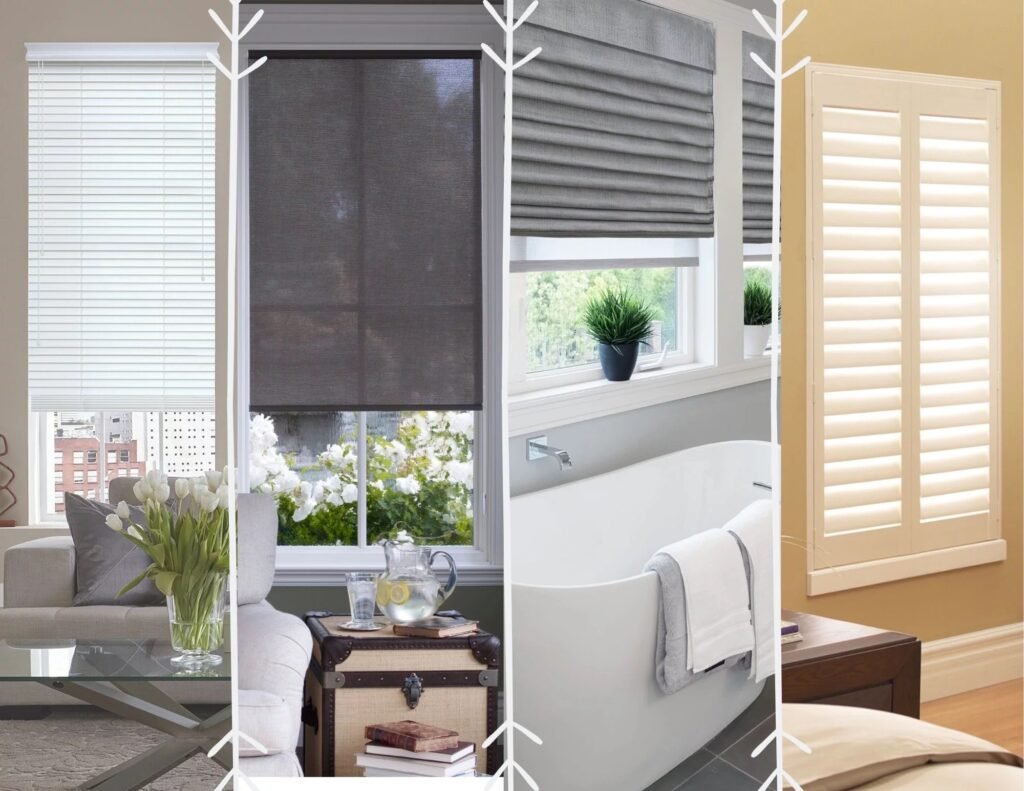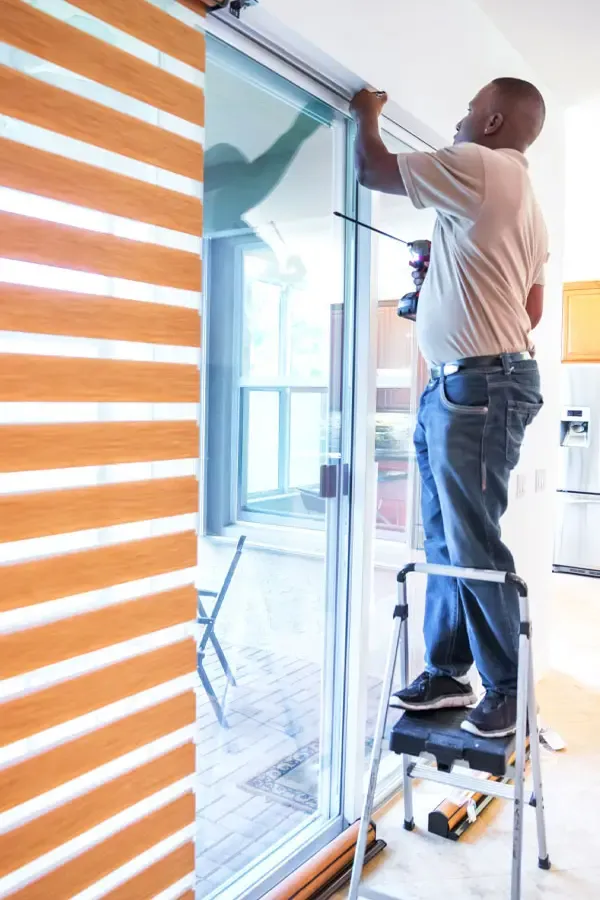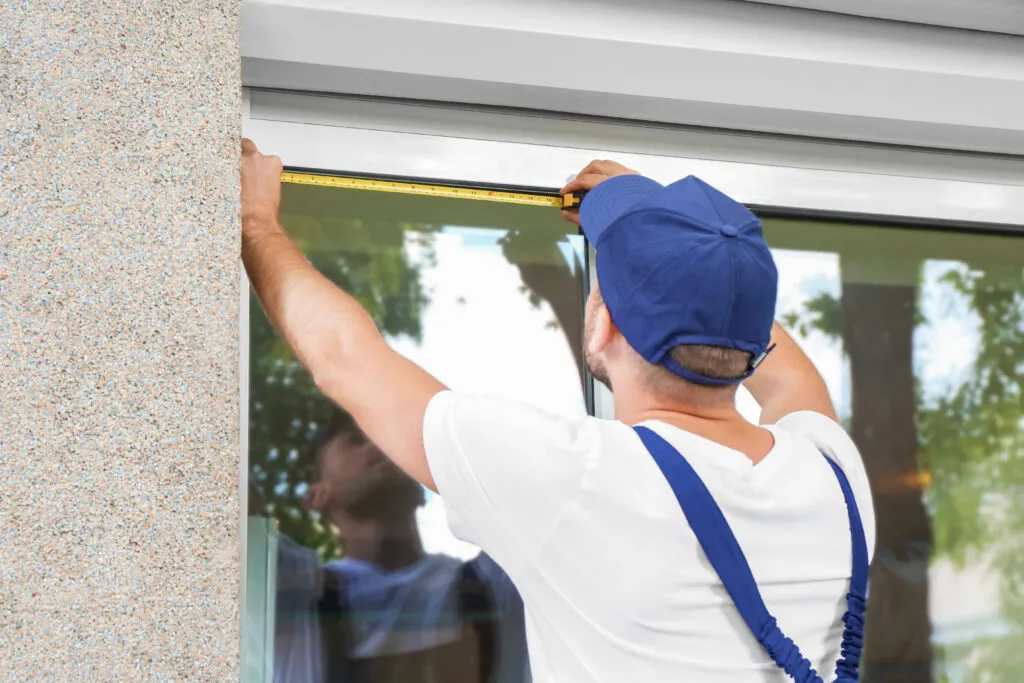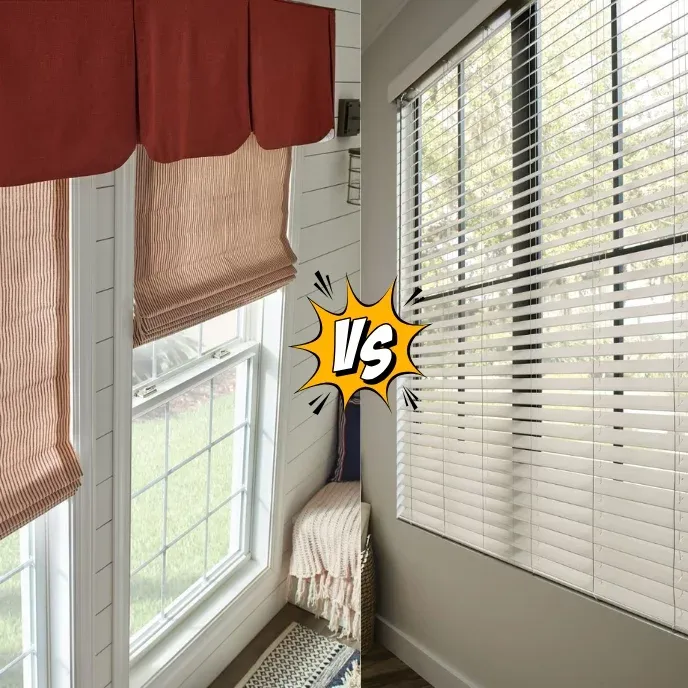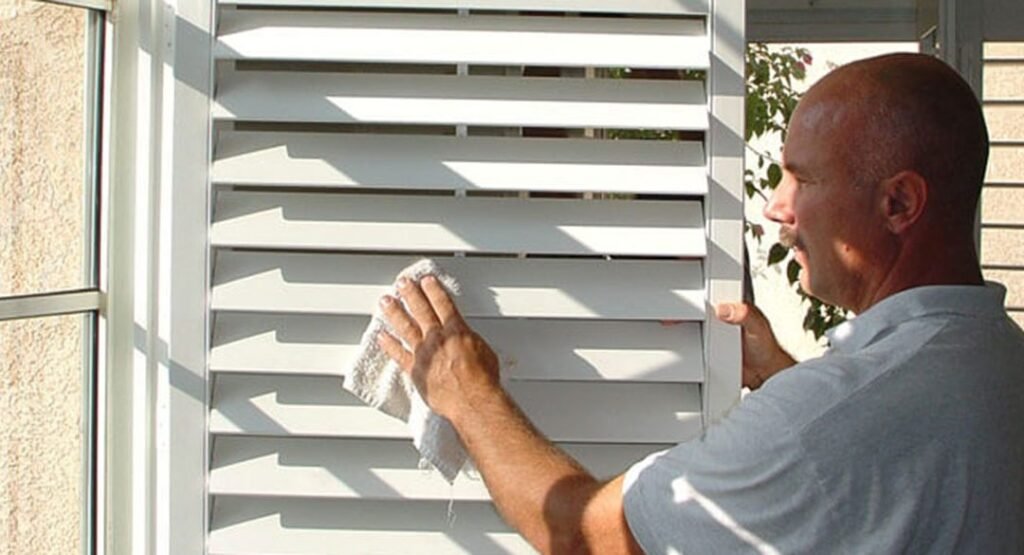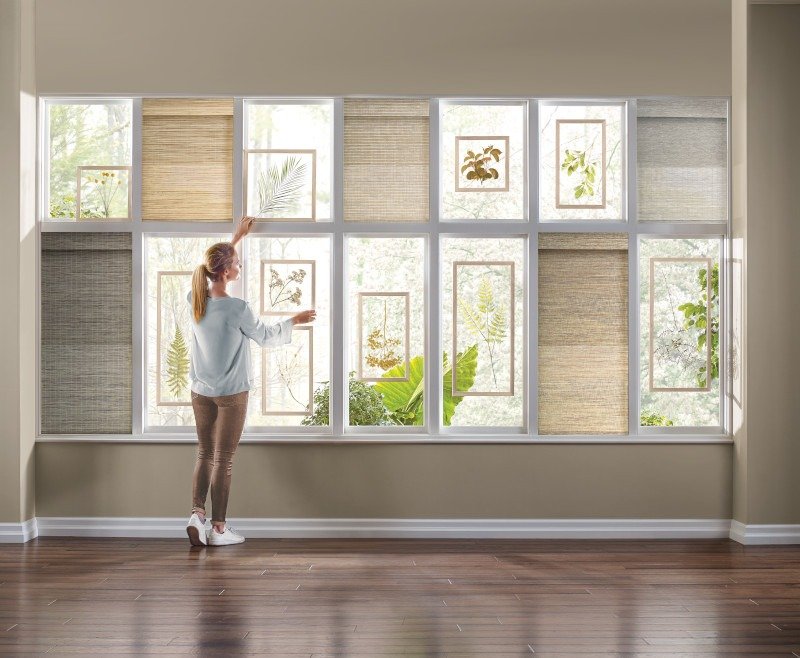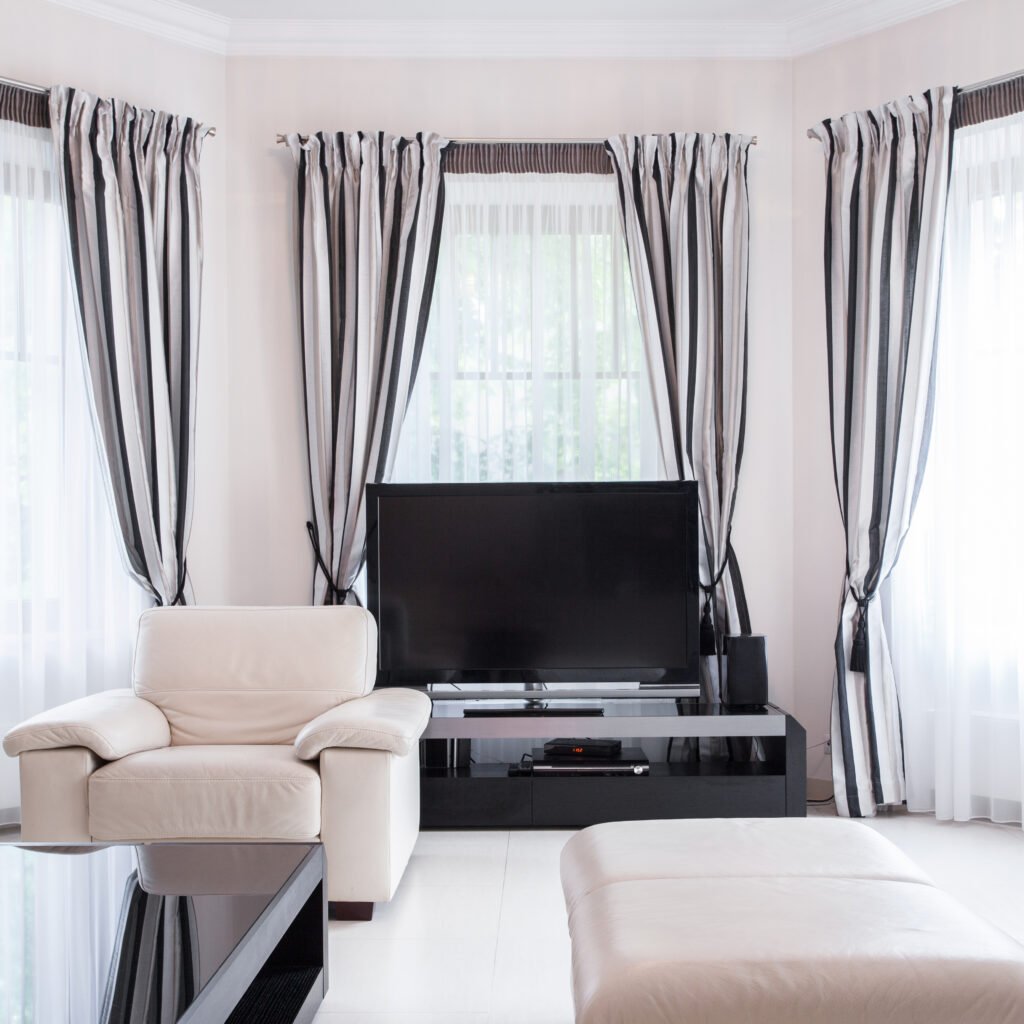Shutters vs. Blinds vs. Shades
Shutters vs. Blinds vs. Shades: What’s Best for Your Annapolis Home? Picking what goes on your windows shouldn’t be a big deal — until you’re laying in bed at sunrise, squinting through cheap blinds that let the light pour in like you live in a fishbowl. Or you’re trying to eat dinner, and the sunset’s bouncing off the bay and straight into your face. That’s when it matters. In Annapolis, with its mix of old charm, tight row homes, and waterfront glare, your window treatments do more than just “look nice.” They keep things private, block heat, soften a room, and make the house feel like it’s actually yours. Shutters, blinds, shades — all do different things. One gives structure. One gives flexibility. One softens the vibe. We’re not here to overexplain. Just breaking it down so you can figure out what works best in your space — whether it’s a townhouse off Duke of Gloucester or a quiet colonial near Bay Ridge. Why This Actually Matters This isn’t about picking a color to match the couch. This is about comfort. It’s that glare across your laptop screen during a Zoom call. The weird exposure feeling when you’re walking around your home after dark and realize, yeah, people can probably see in. It’s that bedroom that never really feels dark enough to sleep in or the guest room that feels like a cave in the middle of the day. Good window treatments fix those problems. They shape how each room works — how it feels when the sun’s out, when the lights are on and when you’re trying to relax. Around here, we’ve got humid summers that make rooms feel sticky and winters that bite. The right choice even helps with that. So no, it’s not a small decision. It’s the kind of detail that changes how you live, day to night. Let’s Talk About Shutters The shutters are solid. Not just in build—in vibe. They’re permanent, like they’re part of the wall. No flapping fabric, no bent plastic. They open wide, close tight, and tilt just enough to let the right light in without putting your whole life on display. In the older homes near downtown or Eastport, shutters just fit. They match the style without trying too hard. But they’re not just for looks. They help with insulation, too. On cold mornings, they keep the draft out. On blazing afternoons, they stop the sun from turning your living room into a greenhouse. They’re not cheap, but they’re not temporary either. You install them once, and they’re suitable for years. If you’re staying put and want something that feels custom, shutters are a no-brainer. Blinds — The Straight Shooter Blinds get the job done without making a big deal about it. They tilt, they lift, they drop. You don’t need a tutorial to use them, and if you get decent ones, not those brittle ones from a big-box store, they actually look good. In places like kitchens, offices, or bathrooms, custome blinds just make sense. They give you quick control over how much light you want without going completely blackout. And if you go for faux wood or aluminum, they’re easy to wipe down, and you don’t care if the window gets steamy. They don’t try to be fancy. But if you want something that works and keeps the room looking sharp, blinds are a solid choice, especially if you’re watching the budget but still want something custom-fitted. The Chill Energy of Shades Shades don’t shout. They’re not rigid. They’re soft in both look and feel. They pull down smooth, roll up clean, and disappear when you don’t need them. Some fold, some glide, and some disappear into a cassette. But what they all do is take the edge off a space. This is where you go when you want that relaxed feel — in a bedroom, a reading nook, maybe the dining area that gets a little too much morning sun. You can get them sheer, light-filtering, blackout, textured, flat, patterned — whatever fits. They won’t insulate quite like shutters. They won’t adjust like blinds. But if you want something that calms a room and still gives you control, shades do the job quietly. And sometimes, that’s exactly what a space needs. How to Choose What Actually Fits It’s not all or nothing. You don’t need to pick one and use it in every single room. Most homes use a mix because every room asks for something different. A bedroom might need blackout shades so you can actually sleep in. A sunroom might need light-filtering ones that keep the space bright but cut the heat. The front windows might look best with shutters because they’re part of the home’s style. The bathroom? Probably, faux wood blinds are easy to clean, with no stress. Think less about what’s trendy and more about how the space functions. Do you want it bright or dim? Private or open? Is it facing the street? Does it get hit by the afternoon sun? When you answer those questions, the right pick shows up fast. Keeping Your Window Treatments from Falling Apart They don’t need babying, but they do need some respect. Shutters? Dust them. Don’t slam them. Don’t force the louvers if they’re tight. Blinds? Wipe them down once a week, especially in the kitchen, where grease builds up. If a slat bends, fix it before it snaps. Shades? Vacuum gently or spot clean when needed. If they’re motorized, check the batteries or charge them regularly. And when something stops working right, don’t ignore it. A broken string or warped panel doesn’t fix itself. Deal with it early, and you’ll avoid having to replace the whole thing. Conclusion: One Home, Many Needs, One Right Fit Your home isn’t one-size-fits-all, and neither are your windows. The proper treatment depends on how you live, how you rest, and how you want your space to feel. Shutters offer structure. Blinds offer flexibility. Shades offer softness.


